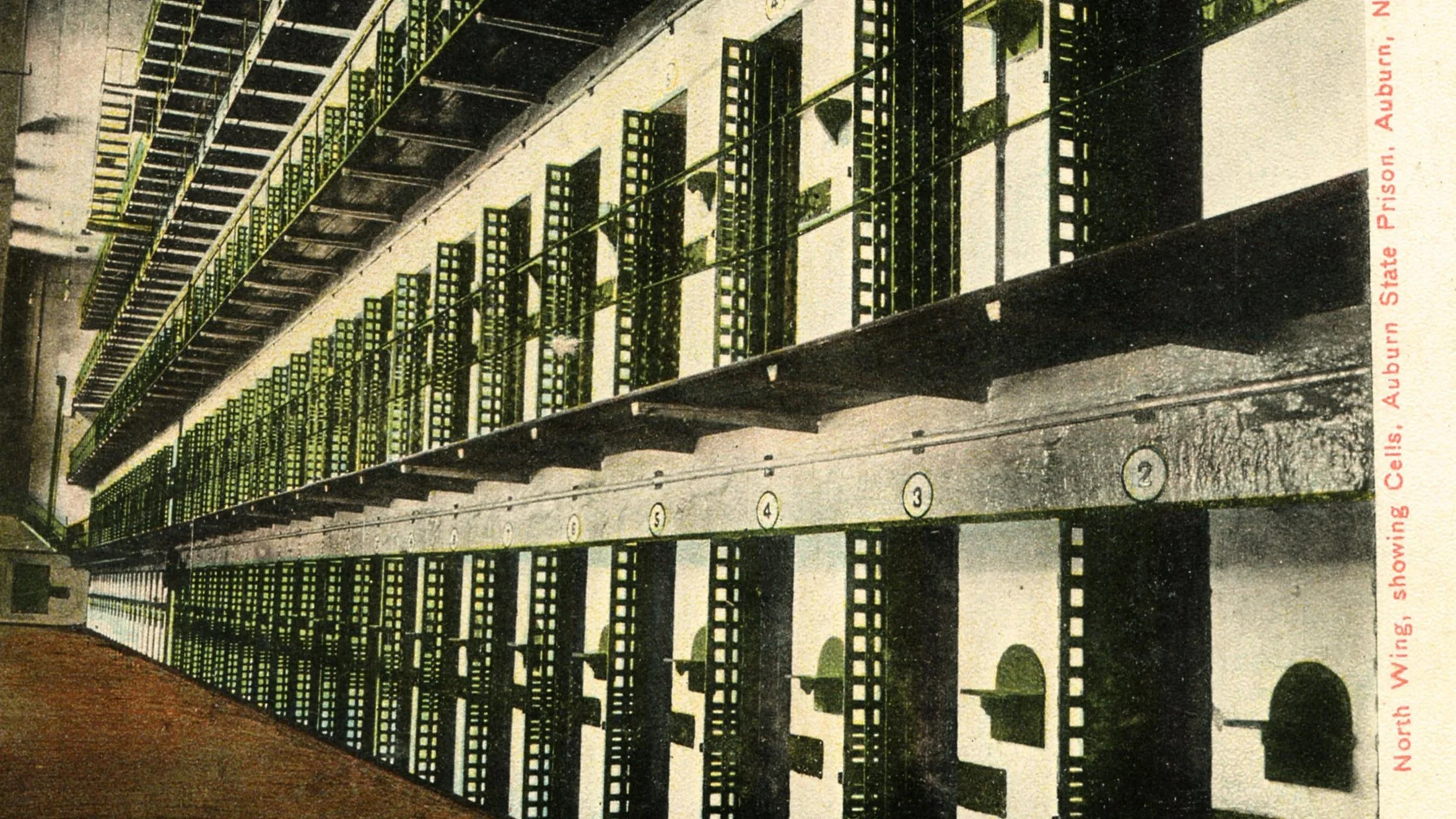Carceral Formations
This week we reissue five articles previously published in PLATFORM to help us think through carceral formations. Invoking architectural histories at the intersection of liberalism, minoritization, carcerality, and aesthetics, these articles probe the spatial parameters of carceral ideologies. At stake are not only an understanding of the thresholds through which carceral institutions filter individuals, and how they channel movement, labor, and expression, but also how we narrate these stories as histories of architecture. While the criteria for criminalization—race, religion, ethnicity, poverty, medical contagion—help us locate the fluid and uneven boundaries between the acceptable and unacceptable, identifying who gets confined and why enable us to fathom larger historical patterns of violence and cruelty that often extend beyond the bounds of the nation-state.
In “The Other Side of Paradise, or “Islamic” Architectures of Containment and Erasure” (June 24, 2019), Kishwar Rizvi discusses the problems of centering the history of Islamic architecture in the present. How do we narrate the history of contemporary labor camps, refugee settlements, and government internment centers where millions of Muslims subsist, against the overwhelming aesthetization of Islamic architectural pasts? At a time when medieval conflicts are mobilized for racial and ethnic violence and religions are perverted in order to fuel threats against communities of belief, new pedagogical methods need to be considered, Rizvi argues.
In “Who's New to Social Distancing?”(20 April 2020) Stephen Legg reflects on the long history of spatial distancing used to marginalize social groups, and the manner in which this practice was hardwired into the politics and geography of the colonial state. Written in the midst of the COVID pandemic, Legg invokes the measures of segregation and lockdown practiced in seventeenth-century Florence, colonial Delhi, and mass violation of civil rights in present-day Kashmir, to note that while “there are no straight connecting lines here … between Florence and Srinagar, between intensive-care beds and military encampments,” these events “provoke us to think about contagion (political and epidemiological), life and space in ever more complex ways.”
In “The House the Prison Built” (12 Oct 2020), Mira Rai Waits visits the Executive Mansion in Raleigh, North Carolina, the 130-year-old residence of the governor. This building, celebrated for its beauty, contains bricks that were made by African American prisoners, incarcerated nearby. Waits discusses changes in the interpretation of nineteenth-century convict labor at this historic site to explain how the current presentation is divorced from contemporary civic imagination and the denial of voting rights to prisoners.
Lisa Haber-Thomson’s article, “Architecture and the Eighth Amendment: On Cruelty, Comfort, and Legal Personhood” (22 Jan 2022), shows that prisoners’ rights discourses require an architectural understanding of prison buildings. In a number of cases in the 1970s, in which inmates protested their living conditions, courts called prison designs into question and confirmed that the prison building needed to support the state’s obligation to care for its inmates. By the turn of the twenty-first century, however, that vision of prisoners’ rights was constrained, as the Supreme Court ruled that the prison only needed to provide the barest of needs. What, asks Haber-Thomson, is the future of the Eighth Amendment, especially as increasing summer temperatures will result in the filing of more heat-related claims? For whom among us will thermal comfort be available in an era of new extremes?
A recently closed penitentiary in Neubrandenburg, Germany, is the focus of Emine Seda Kayım’s exploration of heated public debates regarding its future use, specifically because the carceral complex was built as a remand prison for the politically persecuted under the East German secret police, the Stasi. Yet, the prison’s socialist and neoliberal capitalist pasts complicate the current politics of commemoration in Germany. Kayım’s essay, “Selective Abolitionism: Germany’s Socialist Prisons and ‘Coming-to-Terms’ with One Side of History” (12 Aug 2024), examines the contested afterlives of confinement and its architectures from the German Democratic Republic to the present.
Citation
“Carceral Formations,” PLATFORM, April 28, 2025.




